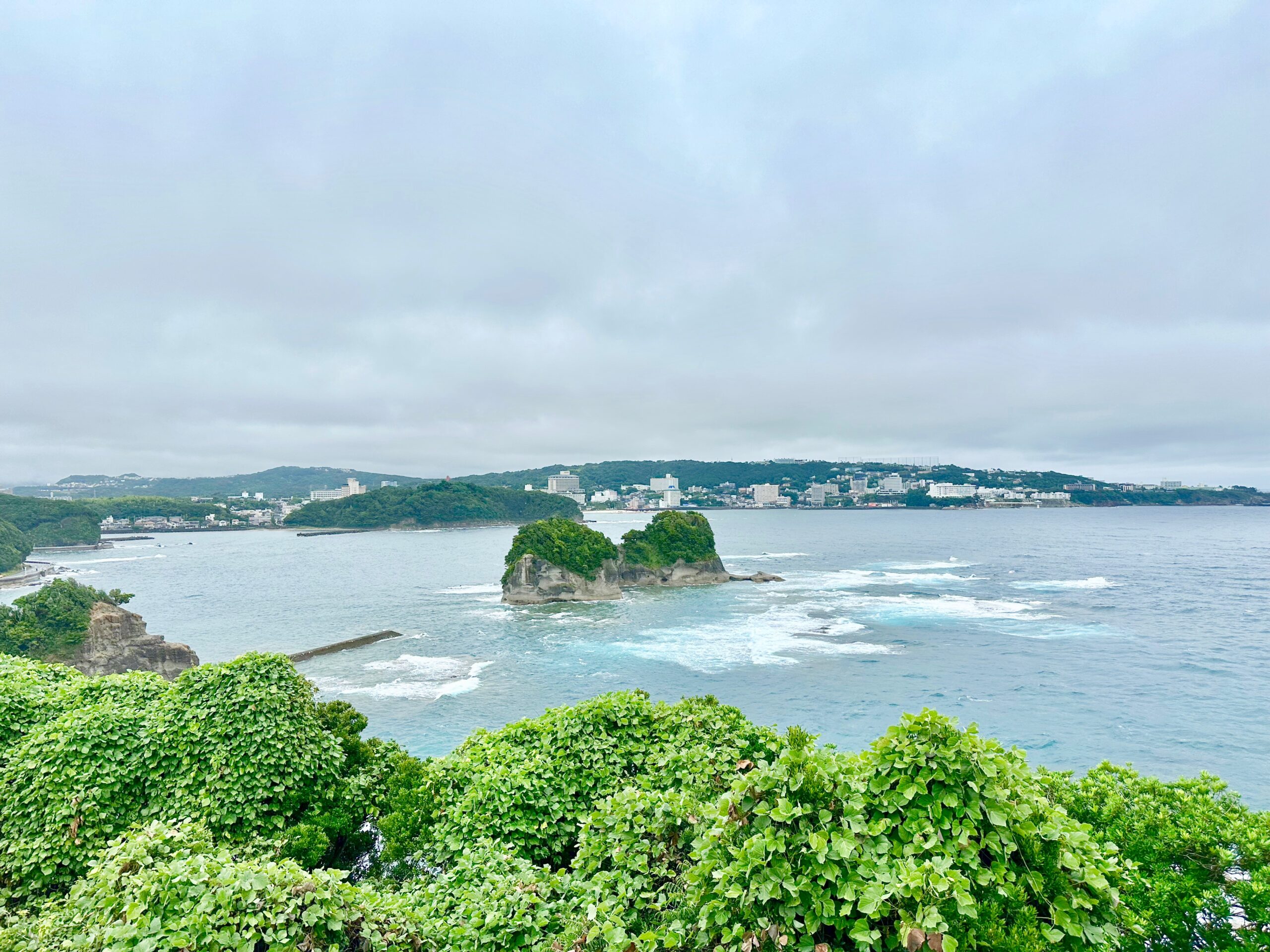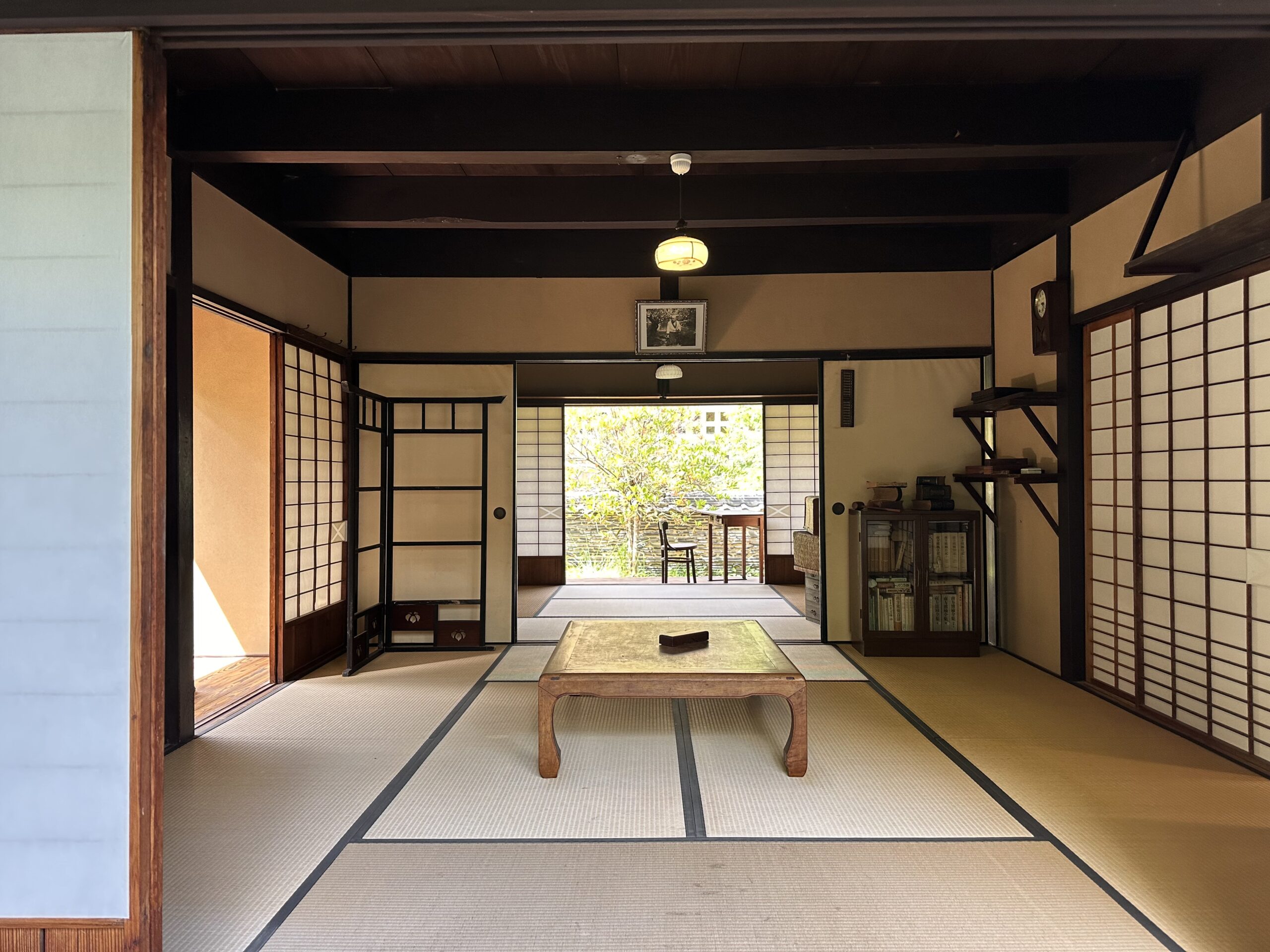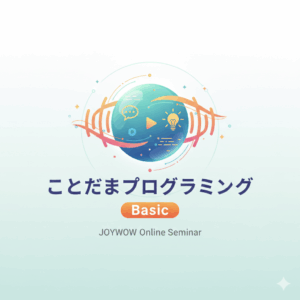Minakata Kumagusu Even among Japanese people,
there are probably very few who can properly read his name,
Minakata Kumagusu(みなかたくまぐす).
Do you know him? Minakata Kumagusu.
I visited both the Memorial Museum and the Archive.
The Memorial Museum is in Shirahama, Wakayama Prefecture, right by the sea.

The Archive is in Tanabe City, Wakayama Prefecture,
in a residential area, with an address in “Nakayashiki-cho.”
Actually, Kumagusu’s house is there, so it might give a closer glimpse into his life.

It’s far. It takes over two hours by car from Osaka.
“What kind of person was Minakata Kumagusu?”
It’s not easy to answer simply.
In fact, he never did anything for anyone else;
he did everything solely for his own enjoyment.
He was a self-taught person.
Looking at his Minakata Mandala,
you can tell that the idea of “helping others understand”
was not even a consideration for him.

This stems from the fact that he never had a motivation to “make money” in his entire life.
During his time in London (it can’t be called studying abroad; he was literally playing.
Studying was his playtime), he was amidst the Industrial Revolution,
which drastically changed the economic landscape.
I actually opened the ‘Encyclopædia Britannica’ from his collection in the Archive.
The machines that triggered the Industrial Revolution,
such as the automated spinning machine, were illustrated there.
The Industrial Revolution, in other words,
was a revolution in how work was done, how people earned money.
In today’s terms, it was like “jobs were taken by AI.”
Many people in London must have felt like their jobs were taken by automated spinning machines.
But Kumagusu didn’t see that.
Even if he saw it, he didn’t try to understand it.
Because, to him, money was not something to “earn” but something to “receive.”
Being born into a wealthy family, he could effortlessly travel to New York and London.
It was family remittances.
Money is something you create value for and receive as compensation.
Plus, time is involved.
To earn an hourly wage: Food Cast Provide hospitality in unique Disney dining facilities From 1,350 yen per hour
Custodial Cast Expert cleaners who maintain the park’s cleanliness with a smile From 1,250 yen per hour
Parking Lot Cast The first and last people guests meet when they arrive by car From 1,400 yen per hour
To earn 13,500 yen as a Food Cast, you would need to work 10 hours.

For Kumagusu, this concept of time doesn’t exist.
Neither for himself nor for others.
That’s why he would write a resume that is about 7 meters 70 centimeters long,
with around 58,000 characters, disregarding the reader’s time.
I looked at Kumagusu from the perspective of how a scholar who had zero motivation to make money lived.
I deeply resonate with the fact that he lived his whole life as an independent scholar.
Most people, once they become “great,” want to belong to Tokyo or a big organization.
They seek to establish their identity of “greatness”
through their affiliation with “central” and “large” entities.
Kumagusu’s research never produced any “results.”
Everything remained unfinished.
Tokyo’s strength lies in its concentration of talent,
which remains unchanged from past to present.
In Kumagusu’s time, if Tokyo was the shortest path to talent,
then Tanabe in Wakayama Prefecture was far from talent.
Verifying one’s research through discussions with talented people… this was not Kumagusu’s style.
Creating value can be seen as making an effort to be understood.
Kumagusu made zero effort to be understood.
Everything he left behind is difficult to understand.
It was a universe that existed solely within him.
Truly,
a solitary universe.
I think Minakata Kumagusu was a genius of the Taisho and early Showa periods, who could never have survived in 2024.
#discoverjapan
#minakatakumagusu









コメント